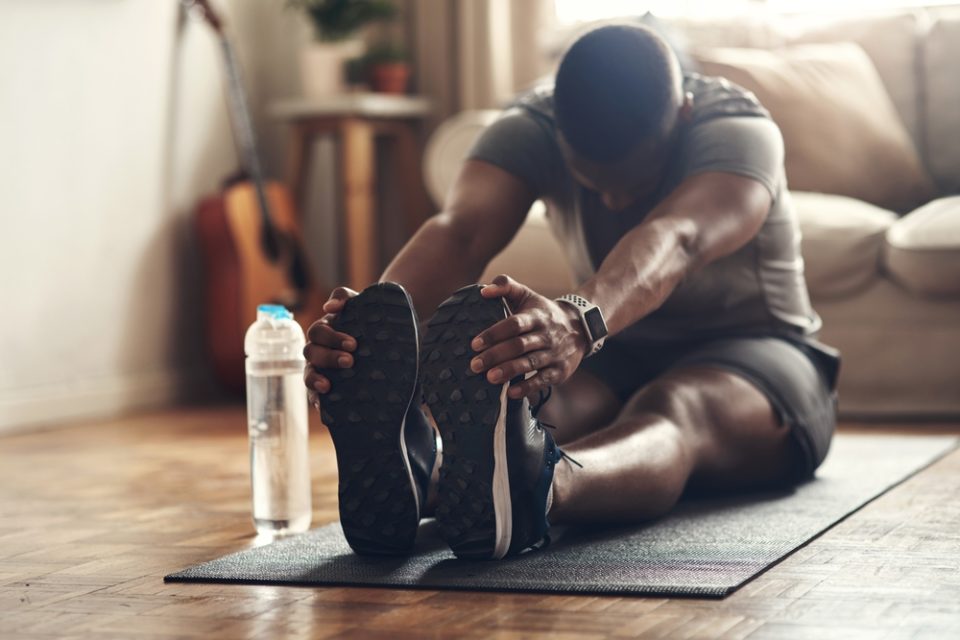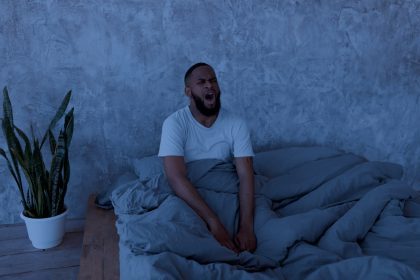New research shows daily movement adds over 5 years to life expectancy

The longevity revolution
Recent scientific discoveries have transformed our understanding of how physical activity influences human lifespan. The groundbreaking NHANES study has revealed that the relationship between movement and longevity is more profound than previously understood, offering new hope for those seeking to extend their healthy years.
Decoding the movement-longevity connection
The latest research from the British Journal of Sports Medicine presents compelling evidence that regular physical activity can significantly extend life expectancy. The study’s findings show that active individuals gain an additional 5.3 years of life compared to those who are less active. This isn’t just about elite athletes or those with gym memberships; it’s about integrating more movement into everyday life.
Quantifiable benefits
The study’s results are clear: regular activity is a powerful tool for longevity. People who reach or exceed 160 minutes of moderate-to-vigorous physical activity per week reap the greatest rewards. And the best part? Even modest increases in activity yield substantial benefits. It’s not about running marathons or lifting heavy weights; it’s about making consistent, manageable changes that can make a real difference.
Optimal activity levels
Finding the ideal amount of movement is more straightforward than it seems. Experts agree that aiming for at least 30 minutes of moderate exercise five days a week is the golden rule. Whether it’s a brisk walk in the park, a dance class, or a cycling session, this level of activity has shown to offer maximum benefits without overwhelming the body.
Universal application
The study’s results aren’t limited to specific age groups, ethnicities, or socioeconomic backgrounds. It turns out that people from diverse populations share this benefit—underscoring the importance of promoting physical activity as an accessible, life-enhancing practice for everyone.
The science of movement
So, how exactly does moving our bodies translate into a longer life? There are numerous biological mechanisms at play that researchers continue to uncover.
Cellular impact
At the cellular level, physical activity has a direct effect on mitochondria—the energy powerhouses of our cells. Improved mitochondrial function means more efficient energy production, better muscle function, and reduced risks of chronic diseases. This helps the body maintain a youthful energy level well into older age.
Cardiovascular effects
A stronger heart and better blood flow are two of the most immediate benefits of physical activity. Good cardiovascular health supports organs, ensuring that the brain, lungs, and other vital systems continue to function effectively. Regular movement helps lower blood pressure and improve circulation, factors that contribute to longer, healthier lives.
Metabolic benefits
The body’s metabolism plays a crucial role in aging, and regular physical activity is a key regulator. Enhanced glucose regulation and improved fat metabolism reduce the risk of diabetes, obesity, and metabolic syndrome—conditions that can shorten lifespan. This is why staying active can prevent the long-term effects of a sedentary lifestyle, keeping chronic illnesses at bay.
Neurological advantages
Brain health is just as important as physical health, and staying active supports cognitive function. Movement boosts brain plasticity, helping the brain form new connections and adapt to change. This is crucial for maintaining memory and cognitive skills as we age and can reduce the risk of neurodegenerative conditions like Alzheimer’s.
Practical implementation strategies
While understanding the benefits of movement is essential, making it a part of daily life is where the real challenge lies. Here are some actionable strategies to get started:
Daily movement goals
Start small and set achievable targets. Whether it’s a 10-minute walk after dinner or a 15-minute stretching session in the morning, begin with something manageable. Gradually increase activity levels over time and monitor your progress. Remember, every bit counts, and consistency is key. Celebrate small victories, such as completing a week of daily walks or trying out a new workout.
Activity diversity
Not all exercises are created equal, but that doesn’t mean you need to stick to a rigid routine. Modern research emphasizes the importance of varied movement patterns:
- Walking: A simple and effective way to get the heart rate up and improve cardiovascular health.
- Dancing: Engages your mind as well as your body and has cognitive benefits.
- Strength training: Helps maintain muscle mass, which naturally declines with age.
- Balance activities: Simple exercises like yoga or tai chi can prevent falls and improve stability, reducing injury risk as you age.
Complementary lifestyle factors
Physical activity is only one part of the equation. To maximize the benefits, consider the following:
- Nutritional support: Fuel your body with a balanced diet rich in vitamins, minerals, and antioxidants.
- Adequate recovery: Ensure you get enough sleep and take rest days to help your muscles repair and grow stronger.
- Stress management: Activities like meditation and deep breathing can help lower cortisol levels, supporting overall health.
- Social engagement: Joining a sports club, taking dance classes, or simply walking with friends can boost mental health and keep you motivated.
Future implications
Research continues to explore new ways to integrate movement into daily routines and even personalize activity recommendations. As technology advances, wearable devices and apps help individuals track their activity levels, set goals, and stay motivated. Scientists are also looking into the genetic factors that might make some people more predisposed to the benefits of physical activity, paving the way for more personalized approaches to fitness and longevity.














